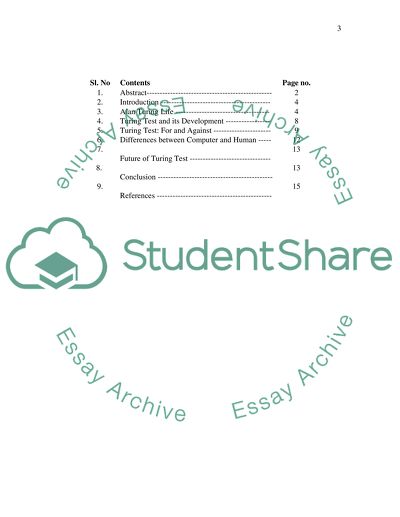Cite this document
(“Alan Mathison Turing Essay Example | Topics and Well Written Essays - 2500 words”, n.d.)
Retrieved from https://studentshare.org/miscellaneous/1523854-alan-mathison-turing
Retrieved from https://studentshare.org/miscellaneous/1523854-alan-mathison-turing
(Alan Mathison Turing Essay Example | Topics and Well Written Essays - 2500 Words)
https://studentshare.org/miscellaneous/1523854-alan-mathison-turing.
https://studentshare.org/miscellaneous/1523854-alan-mathison-turing.
“Alan Mathison Turing Essay Example | Topics and Well Written Essays - 2500 Words”, n.d. https://studentshare.org/miscellaneous/1523854-alan-mathison-turing.


